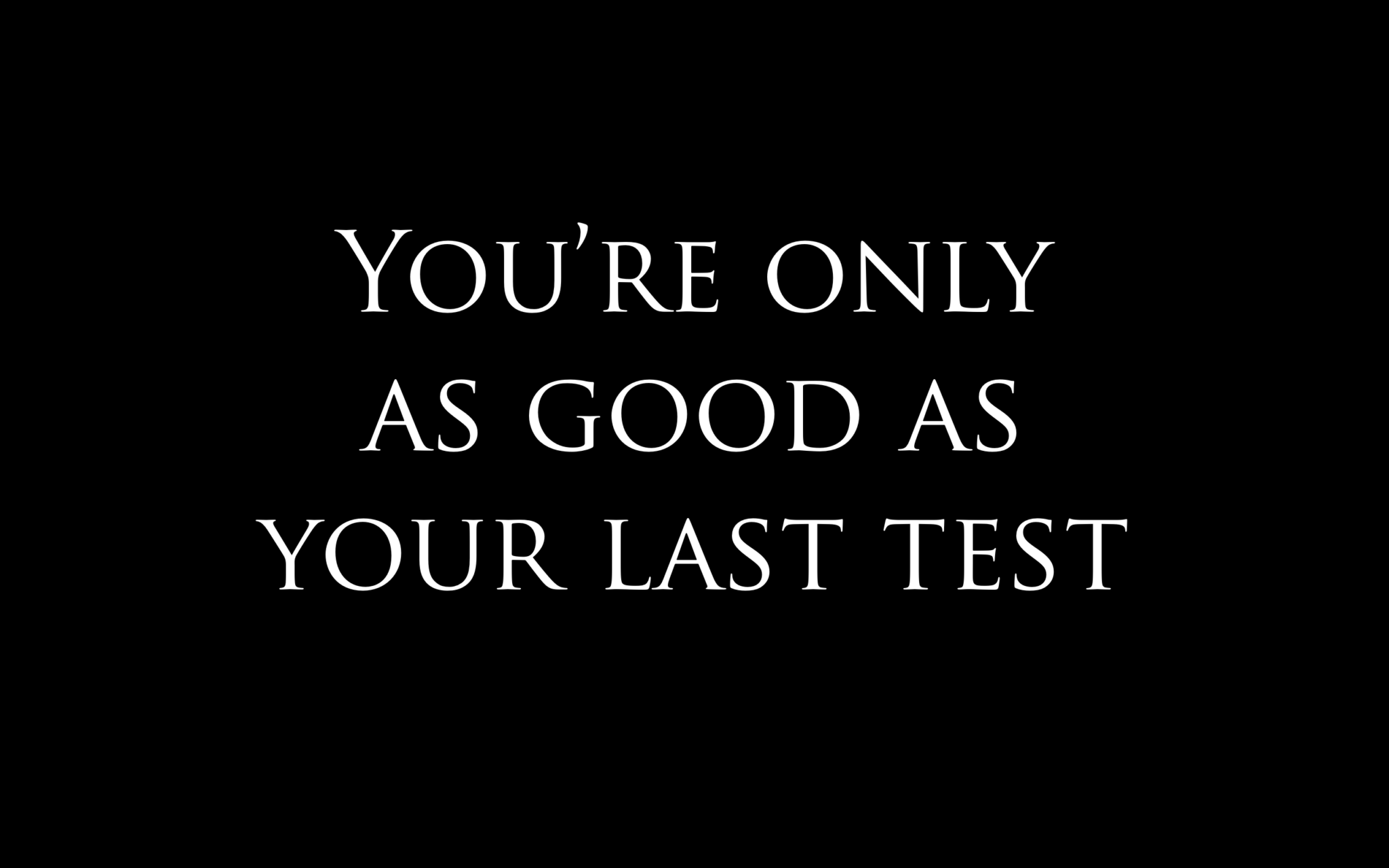You're Only as Good as Your Last Test
During a workover and completions campaign for a multinational oil major, Darrick and his team had the task of routine and regulatory-required subsea blowout preventer pressure testing.

Anticipate the worst, and pursue the best.
During a workover and completions campaign for a multinational oil major, Darrick and his team had the task of routine and regulatory-required subsea blowout preventer pressure testing.
For these tests, the blowout preventer is latched to the wellhead at 6,800 feet of water depth. Zinc Bromide completion fluid is the test medium and is pumped at high pressure from the cement unit to the floor, then down the riser to the blowout preventer. Anticipated formation pressures dictate a 7,900 psi test pressure.
Zinc bromide is a highly corrosive and hygroscopic liquid and can cause blindness with as little as one droplet.
This happened during one of those tests:
What happened?
API STD 53 dictates oil lease operators and drilling contractors test certain well control equipment every two weeks, with failures being generally uncommon due to the high standards of drilling contractors and their teams.
The API compliance testing aims to verify the subsea blowout preventer functions as intended should an emergency situation dictate its use. Each ram, annular, and blind shear will be tested to a pressure determined by local formation pressures. In this case, test pressures were to be 7,900 psi. Each valve, hose, and piping segment of all topside equipment would also be tested. During the routine testing, the cement hose, which sees full test pressure, catastrophically failed at the make-up to the hammer union connection.
Drilling contractors utilize condition-based and scheduled maintenance methods to prevent incidents such as the cement hose failure above. In addition, written procedures call for daily pre-test inspections.
After this particular cement hose incident, the hose was replaced. The new hose was recorded, tested, and put into service. The failed hose was saved for analysis to determine the cause of failure to help prevent future occurrences.
Audits strengthen safety
Drilling contractors take pride in efficiency and closely monitor tasks such as tripping speeds, riser runs, riser pulls, and drape hose rig-up. Historically, this creates self-induced pressure on the drilling crews and can lead to compromise.
Because oil lease operators are the final stop for disaster liability, they employ 3rd party auditors to inspect and report on the drilling contractor’s maintenance, repairs, and operations. Following Macondo in 2010, this auditing practice became a requirement on specific well-control equipment.
Safety awareness in the oil and energy industry also increased after Macondo. Teams first eliminate as many hazards as possible. They then separate themselves to reduce physical exposure. Finally, to anticipate unmitigated scenarios, crews suit up in full hazmat suits, goggles, face shields, and hoods, in line with industry-standard safety precautions.
Test for integrity
As we test equipment for integrity, we slowly apply wear to that equipment, and at times, we can test until failure.
It is challenging to pinpoint precisely when pressure control equipment will catastrophically fail, so a best practice is to always anticipate the potential of equipment failure and to be in a safe position.
We believe that the same concept applies to insurance. We “pressure test” our policies through in-depth discussions and examine common financially hazardous situations. If we can’t fully eliminate or separate, we anticipate the hazard and place insurance cover as a preventative measure.
